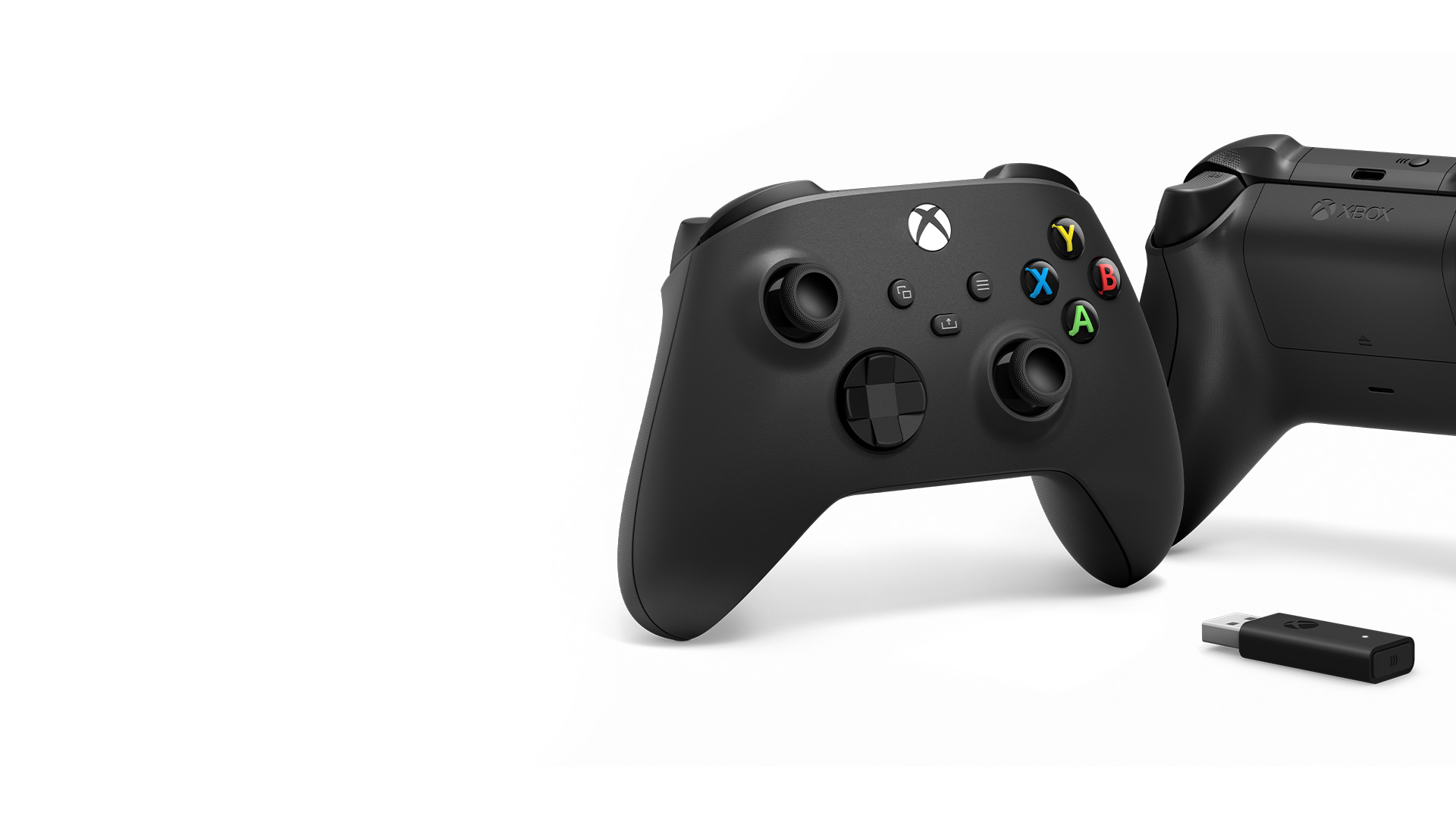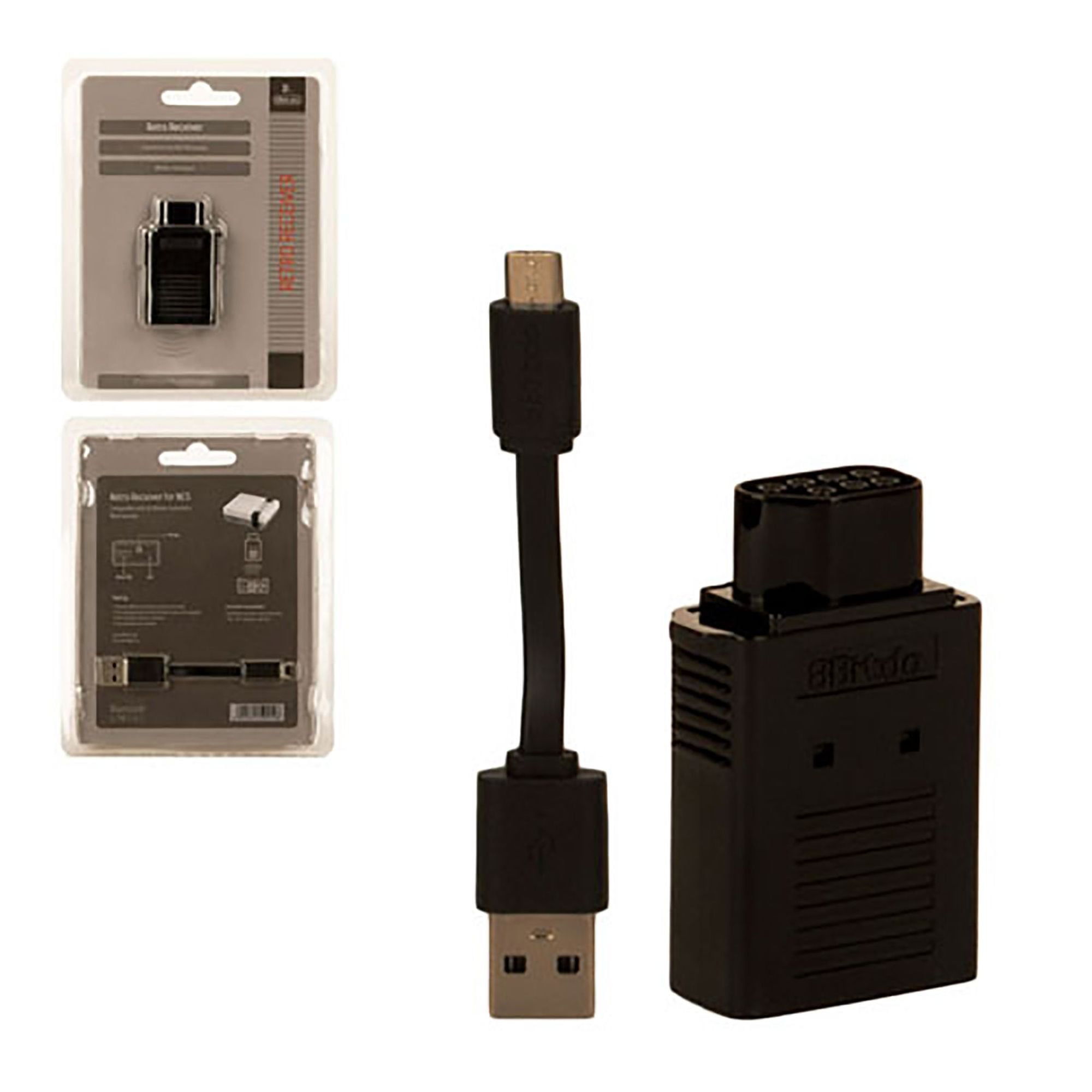
Security was obviously given some serious consideration when building RemotePC. To further save on resources, you can choose to disable animations or blank the host’s wallpaper.

This was all the more impressive given that RemotePC only used about 7% of our 2.6 GHz 6-Core Intel Core i7 processor, with a lower energy impact than Firefox. We noticed almost no lag when moving the mouse or highlighting text, while changes made on the host showed up on the viewer with only a very short delay. As a result, we often overshot and had to nudge back. Plus, the two-finger scroll was very sensitive: just rolling our fingertips was enough to scroll the length of this review. The iPad app is a little cumbersome to use, and we sometimes highlighted text or dragged a file without meaning to. Desktop, web, and iOS apps did a great job of scaling the screen, with sharp and clear text and images. All the tools can be accessed from the Utilities menu at the top. The web app is a bit limited, so you’ll need the desktop app for file transfers, remote sound and printing, and session recording. We had no trouble navigating in both the web and desktop apps to find what was needed. User profiles and user groups remain unaffected. One thing to note is that if and when you switch to a higher plan, each user will have to reinstall the software. Additionally, with Enterprise plans, you can create user groups with permissions. As each user sets up the RemotePC host, it will appear in the desktop and web apps.

For example, you can enter comma-delimited email addresses to invite multiple users. However, some clever features help streamline this process.

(Image credit: RemotePC)ĭepending upon the size of your company, setting up all your computers and user accounts may take some time. Set up multiple computers and users with advanced management tools.


 0 kommentar(er)
0 kommentar(er)
